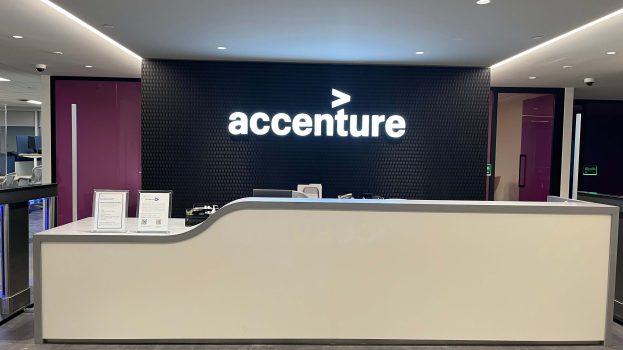
The feel-good factor is something brands need to keep top of mind, according to the latest IMI insights.
IMI’s Fueling Brand Growth: The Performance of Feeling Good survey, which includes a dataset of more than 10,000 respondents, reveals that 60% of Canadians have purchased a product because a brand makes them feel good.
The only purchase driver more important, an IMI survey of approximately 2,500 Canadian and American consumers within the Fueling Brand Growth dataset shows, is trust at 68% (pictured in table, below). In fact, making a consumer feel good tops even redeeming a coupon for a discount (% of people purchased, 58%).
As IMI notes, if a brand can make people feel good, it will “directly fuel brand growth” as it’s intrinsically tied to purchase.
IMI data of the Top 11 brands that make people feel good includes Nike, Apple, Amazon, Starbucks, Samsung, Tim Hortons, Coca-Cola, Adidas, Netflix, Lululemon and Sephora.

What marketers need to be mindful of, IMI says, is that different categories can have a feel-good effect.
According to a survey of 1,200 North American consumers within the Fueling Brand Growth dataset, food and beverage is most popular when it comes to promoting “good” feelings (21%), followed by tech and electronics (19%), and personal care and wellness brands (16%).
Not surprisingly, high-quality products can often be what makes people feel good. IMI data reveals 76% of Canadian consumers cite quality as a purchase driver, topping longstanding brand awareness (71%), childhood nostalgia (64%) one-year brand awareness (61%) and memorable shopping experience (58%).
Tactics that promote the feel-good factor include promoting healthy lifestyle choices (59%), supporting community initiatives or supporting the environment (56%), and supporting local artisans and small businesses (53%).
Product trial and promotion tactics that spur feeling good, are “free trial at my convenience” and “free trial at store” (69%), higher than promotions that offer a chance to win $100,000 (53%).
With the good, comes the bad. IMI data shows that the majority of consumers don’t like being offered exchanges rather than refunds. Most respondents (56%) cite exchange/or no refund as the primary purchase discourager, far ahead of even “seeing a politician endorse it” (30%).























